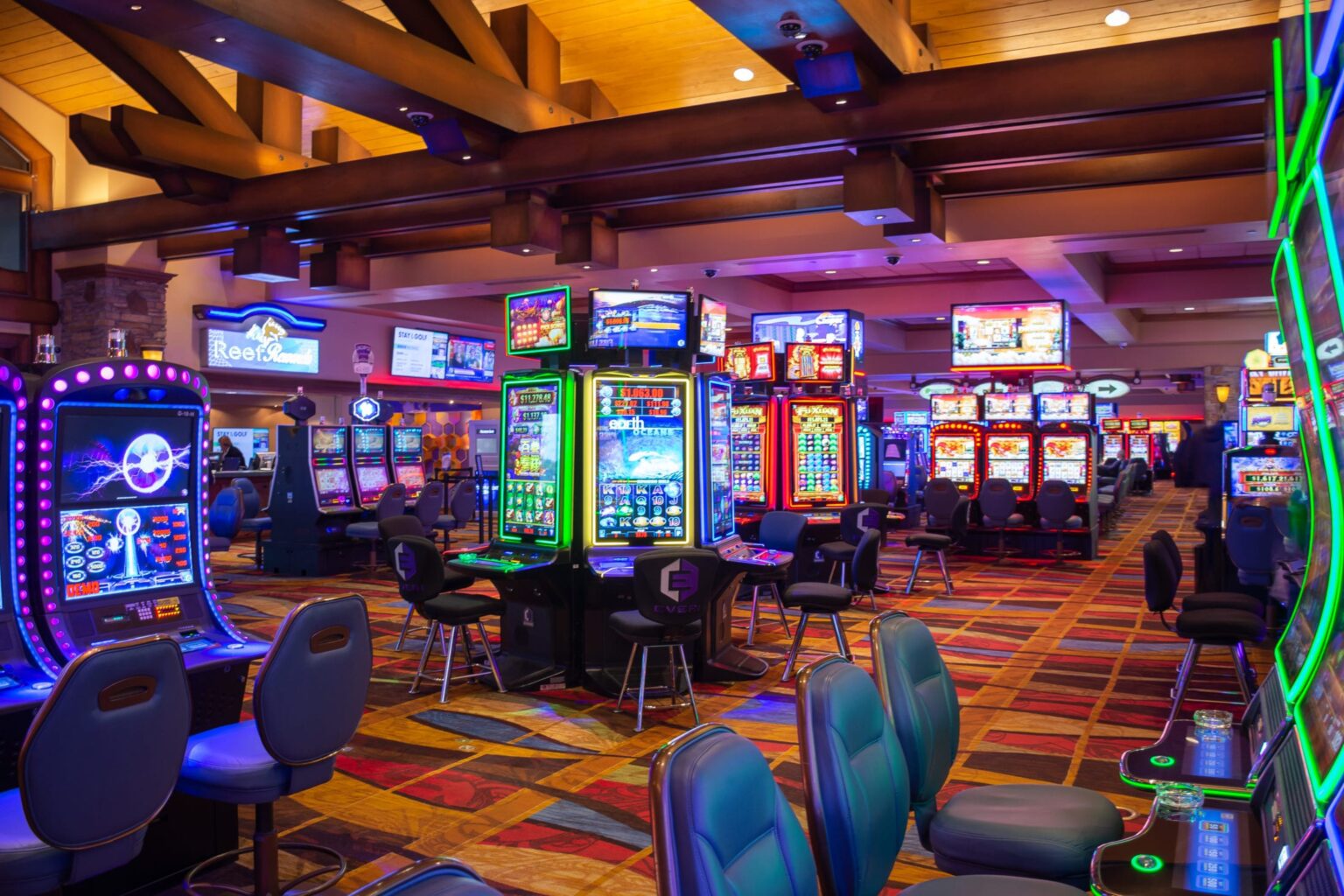Across the globe, the appeal of casino slots games has enchanted millions, crossing cultural boundaries and attracting varied crowds. From the bustling casinos of the strip in Las Vegas to the lively gaming halls of Macau’s gaming centers, these magical machines have become symbols of excitement and suspense. The rotating reels and vivid visuals draw players into enthralling experiences, creating a singular blend of chance and amusement that resonates with people from various backgrounds.
As these games evolve, their impact extends beyond just wagering; they shape cultural trends, fuel art, and reshape community interactions. Whether it’s through movies showcasing of the casino lifestyle or the rise of digital slot games that bring the casino experience to the comfort of home, the importance of gambling slots continues to expand. Exploring this phenomenon reveals more than the mechanics of play, but also the profound relationships they foster within communities and their role in the wider landscape of entertainment options across the world.
Chronicle of Gambling Slot Machines
The roots of casino slots can be tracked to the final 19th century with the invention of the initial conventional slot machine. In 1887, Charles Fey, a inventor from California, created the first slot machine, which had three spinning reels and a simple design with symbols such as horseshoe symbols and card symbols. This machine offered gamblers a chance to win coins, laying the foundation for what would become a universal gaming trend.
As the fame of slot machines expanded, various advancements appeared throughout the beginning twentieth century. By the 1900s, numerous producers began creating their versions, enhancing the machines with additional features and more intricate functions. These early machines became a staple in bars, clubs, and eventually started to make their way into gambling halls. By the 1960s, the mechanical slot machine was further refined with the introduction of electronic elements, leading to more diverse gameplay and higher player engagement.

The decade of the 1980s marked a major milestone when video technology was incorporated into slot machines. This development allowed for more elaborate graphics, audio, and themes, drawing in a larger audience. The fusion of stunning visuals and engaging gameplay changed gambling slots into a major attraction in casinos around the world. As a result, slots evolved from simple machines into elaborate entertainment units, reflecting changing cultural preferences and tech advancements.
Cultural Variations within Slot Gaming
Gaming slot games have developed so as to showcase the traditions and practices from the locales wherever they are enjoyed. As an example, in Japanese culture, for instance, pachinko machines combine elements from pinball alongside conventional slot games, creating a unique gaming experience which is thoroughly embedded inside Japanese entertainment culture. These models typically include popular anime icons as well as themes, showcasing the gaming with pop culture within Japanese society.
Conversely, in the U.S., gambling slots are designed using famous cinematic works, famous people, or recognizable imagery of U.S. tradition. This practice shows a propensity toward honor and monetize mass culture, rendering the gambling experience understandable to gamers. The eye-catching visuals and sounds aim to evoke enthusiasm as well as draw gamers into the slot atmosphere, illustrating American innovation in entertainment and also technology.
In European regions likewise have their own individual strategies to slot games. As an example, in the United Kingdom, such as, old-school fruit machines popularized in bars along with arcades reflect regional likes in favor of nostalgic game designs. These machines often emphasize straightforward aesthetics while also clear-cut gameplay, and which connect strongly with participants who value a nostalgic gaming experience. Such geographical difference highlights the manner in which societal impact shape the development while also success of gambling slot games in multiple regions of the globe.
The Future of Casino Slots
As tech continues to evolve, the future of casino slots appears bright and exciting. Innovations in gaming technology, such as VR and augmented reality, are likely to revolutionize how players interact with slots. Imagine stepping into a digital gaming environment where players can engage with their surroundings more intensively, making the act of spinning the reels more thrilling and engaging than ever before. This transition could also draw in a new audience, fostering a fresh wave of casino gaming.
Moreover, the incorporation of artificial intelligence and big data will enhance personalization in casino slots. Players can look forward to games tailored to their preferences, as AI analyzes their behaviors and actions. This tailoring not only makes the gaming experience more fun but also encourages player retention, as casinos work hard to meet individual player preferences. Future slot games will likely feature more engaging narratives and rich content, expanding the limits of traditional gaming.
Finally, the rise of mobile gaming will continue to transform the future of casino slots around the world. As more players turn to smartphones and tablets for entertainment, casino operators will concentrate efforts on optimizing their games for mobile platforms. This convenience allows for more accessible play, with players able to enjoy their preferred slots whenever and any place. As the global gaming market grows, the advancement of casino slots will play a crucial role in drawing new players and maintaining the excitement of existing fans.
https://ga179.city/
